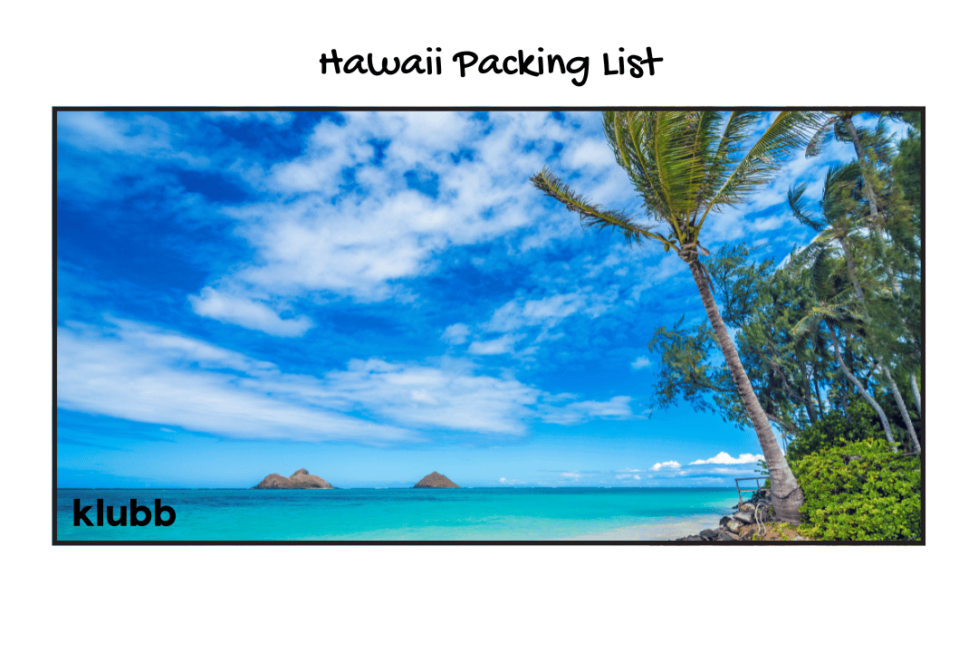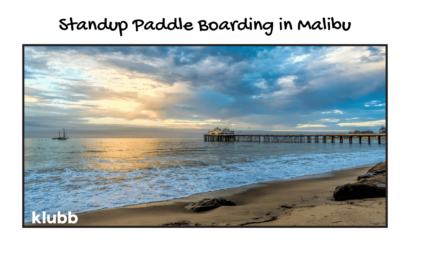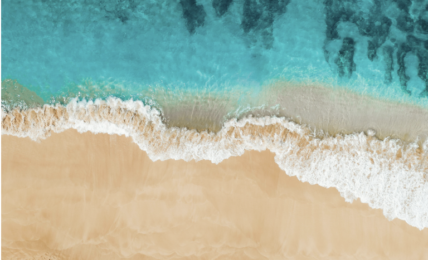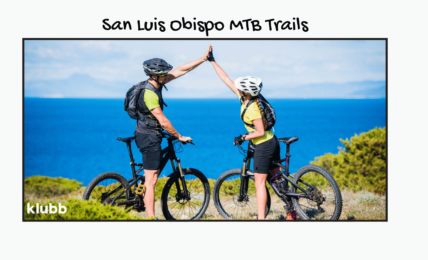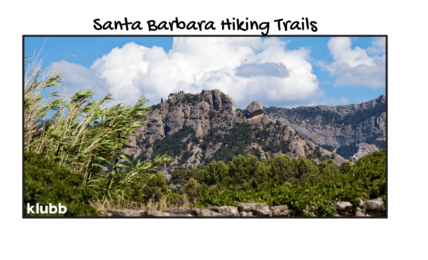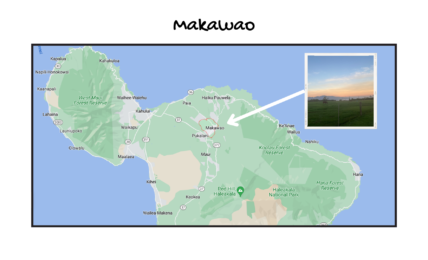Hawaii Packing List
The feeling of excitement you get from booking a ticket to Hawaii is something special. Now that you have your flight and hotel booked, it is time to start thinking about what to pack. We created a Hawaii Packing List to ensure you don't miss anything.
